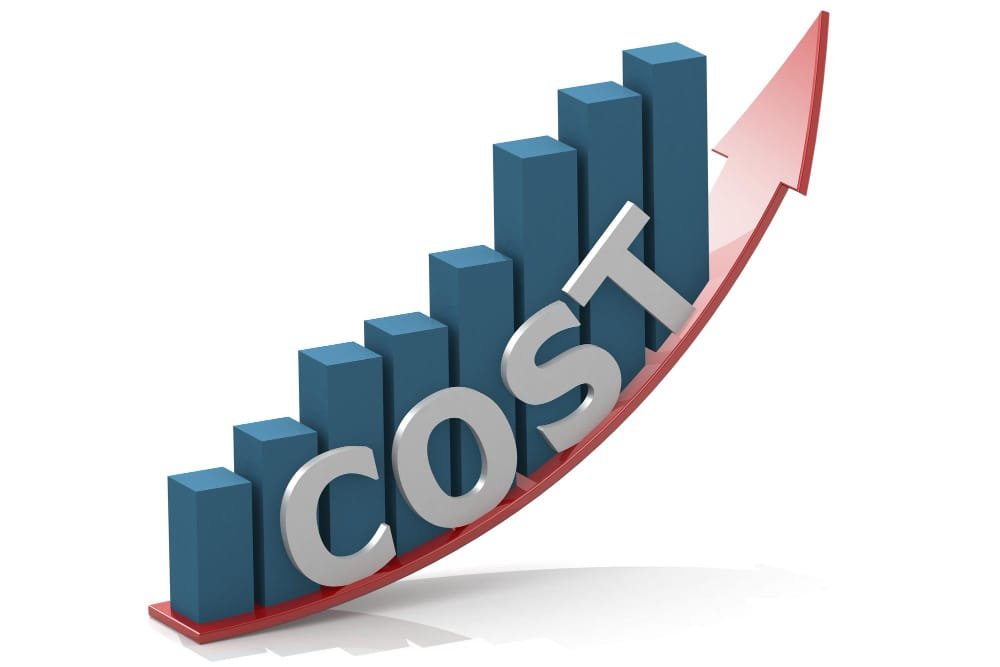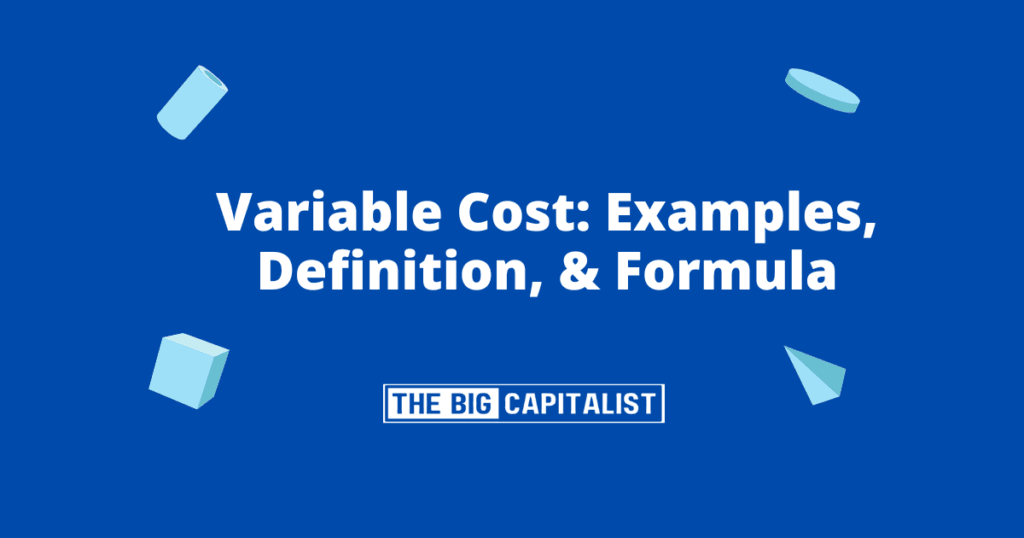Understanding the financial aspects of running a business can be complex, but one key area to master is understanding variable costs in finance. These costs are essential to business budgeting and decision-making. Variable costs are expenses that change in direct proportion to a company’s production or sales activity. As output increases, these costs rise and when output decreases, they fall.
This article explores variable costs in finance in depth, covering their definition, practical examples, and the formula used to calculate them. We’ll also compare fixed vs variable costs to provide a complete view of cost structures in business.
Whether you’re a student, entrepreneur, or finance enthusiast, this guide will help you grasp how variable costs in finance influence profitability, pricing, and planning. Let’s dive in.
Understanding Variable Costs Definition in Finance
Variable costs change with the level of business output. This means they are flexible and directly linked to activity levels.
Increased production typically leads to higher variable costs. Conversely, when production decreases, variable costs shrink as well.
These costs include materials, direct labor, and commissions. Their variability makes them vital for financial planning and analysis.
Businesses must monitor variable costs closely. They significantly impact profitability and pricing strategies. Understanding them is key for optimizing costs and enhancing margins.

Definition and Importance of Variable Costs
Variable costs are expenses that vary according to production volume. The more products you produce, the higher the variable costs.
These costs are crucial in a business’s financial analysis. They help determine profitability and assist in pricing decisions.
Variable costs fluctuate with operational changes. Therefore, they provide insight into production efficiency and resource management.
Managing variable costs can lead to better cost control. This enhances a company’s ability to compete effectively in the market.
Variable Costs vs. Fixed Costs: A Comparison
Variable and fixed costs both influence a company’s finances. However, they differ in how they behave in relation to production levels.
Variable costs change with production volume. As output increases, variable costs rise proportionally. Conversely, they fall when output decreases.
Fixed costs remain constant regardless of production levels. Examples include rent, salaries, and insurance. These costs do not fluctuate with production changes.
To better understand the distinction, consider the following:
- Variable Costs: Material costs, transaction fees, sales commissions.
- Fixed Costs: Office rent, employee salaries, equipment depreciation.
Understanding these distinctions is vital for effective budgeting. Businesses need to allocate resources wisely to maintain financial health.
When analyzing costs, consider how they impact profitability. The balance between fixed and variable costs can determine a company’s break-even point.
Ultimately, both cost types are essential for comprehensive financial analysis. Proper management ensures long-term sustainability and growth.
Examples of Variable Costs
Variable costs change with production and can be linked to direct operations. Understanding these costs is essential for effective cost management.
Several components contribute to variable costs. These components fluctuate based on business activity levels, impacting overall expenses.
Consider common examples of variable costs:
- Materials: Costs for raw materials increase with higher production volumes.
- Labor: Wages for hourly workers rise as more hours are worked.
- Utilities: Costs for electricity or gas can vary with production needs.
- Transaction Fees: Fees from credit card sales can fluctuate with sales volume.
These examples highlight how variable costs align with production changes. They are crucial for businesses to track in order to maintain profitability.
Managing these costs involves understanding their nature and taking steps to control their impact. Identifying and analyzing such costs aids in strategic planning and budgeting.
Calculating Variable Costs: The Formula
Calculating variable costs is a fundamental task for financial management. It involves identifying costs that change with production levels.
The formula for determining variable costs is quite straightforward. You multiply the variable cost per unit by the number of units produced.
Understanding this calculation helps businesses anticipate expenses as production scales. It offers insights that aid in budget planning and cost control.
Reliable cost estimates prevent budget overruns and support informed decision-making. Accurate measurement of variable costs is vital to maintaining financial health.
Formula Breakdown
The core formula is: Variable Costs = Variable Cost per Unit x Number of Units Produced.
This formula is pivotal for assessing cost efficiency in business operations.
The Role of Variable Costs in Business Decision-Making
Variable costs play a crucial role in business strategies. They influence pricing, budgeting, and planning efforts significantly.
By understanding variable costs, businesses can develop competitive pricing models. It allows them to set prices that cover costs and generate profit.
Variable costs also impact financial forecasting and budgeting decisions. They help businesses identify how changes in production levels affect their expenses.
Moreover, assessing variable costs aids in determining break-even points. This helps businesses decide when to invest in additional resources or expansion.
Managing and Reducing Variable Costs
Effective management of variable costs is essential for financial stability. Businesses must monitor their variable costs closely for optimal resource use.
One strategy to manage variable costs is to negotiate better terms with suppliers. This can lead to cost savings on materials or services.
Implementing efficient production techniques can reduce waste. This also helps lower costs by making better use of available resources.
Leveraging technology is another way to cut variable costs. Automation and software solutions can streamline operations, enhancing efficiency and reducing manual labor costs.
Variable Costs in Different Industries
Variable costs can differ greatly across industries. They reflect each industry’s unique processes and requirements.
In manufacturing, variable costs often include raw materials and direct labor. These costs fluctuate as production levels change.
In the services sector, labor may be a significant variable cost. The number of hours worked can vary, affecting overall expenses.
Retail businesses face variable costs in the form of inventory expenses. These costs adjust based on sales volume and consumer demand.
Each industry must carefully assess its own variable costs. Understanding these allows for better financial planning and competitive pricing strategies.
Conclusion: Why Variable Costs in Finance Matter
Understanding variable costs in finance is essential for anyone involved in budgeting, pricing, or overall business strategy. These costs directly reflect the level of business activity and can significantly impact profit margins. By accurately tracking and managing variable costs, businesses can make smarter decisions, improve efficiency, and boost financial performance. Whether you’re running a startup or studying financial principles, mastering variable costs is a key step toward financial success.
FAQs: Variable Costs in Finance
Q1: What are variable costs in finance?
Variable costs in finance are expenses that fluctuate with the level of production or sales activity, such as raw materials, commissions, or utility usage. As output increases, these costs rise; as output decreases, they fall.
Q2: How do variable costs differ from fixed costs?
Unlike variable costs, fixed costs remain constant regardless of production levels. Examples include rent, salaries, and insurance. Both types are important in financial planning and break-even analysis.
Q3: Why are variable costs important in business decision-making?
Understanding variable costs in finance helps businesses make informed pricing, budgeting, and expansion decisions. They play a crucial role in determining profitability and cost efficiency.
















